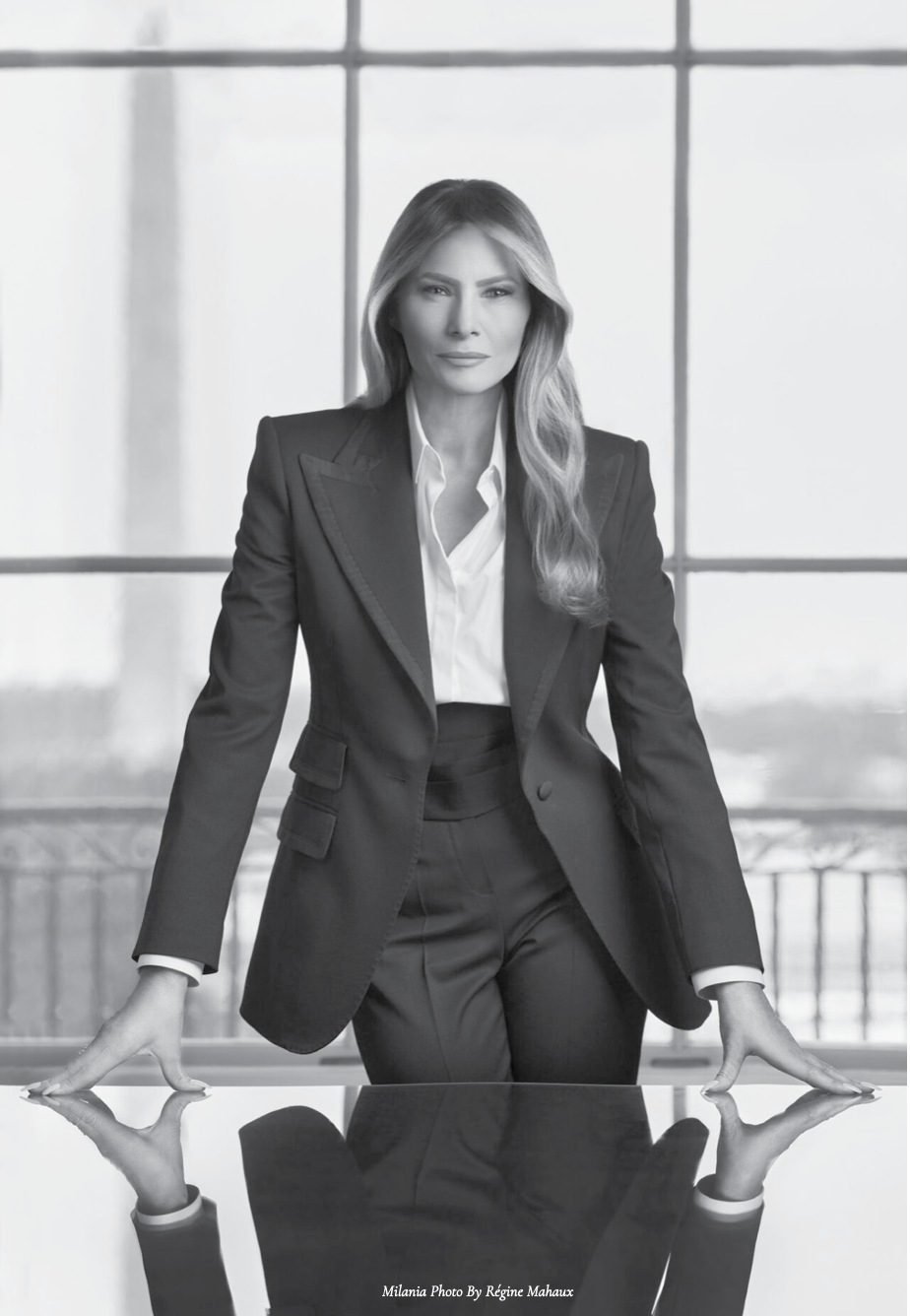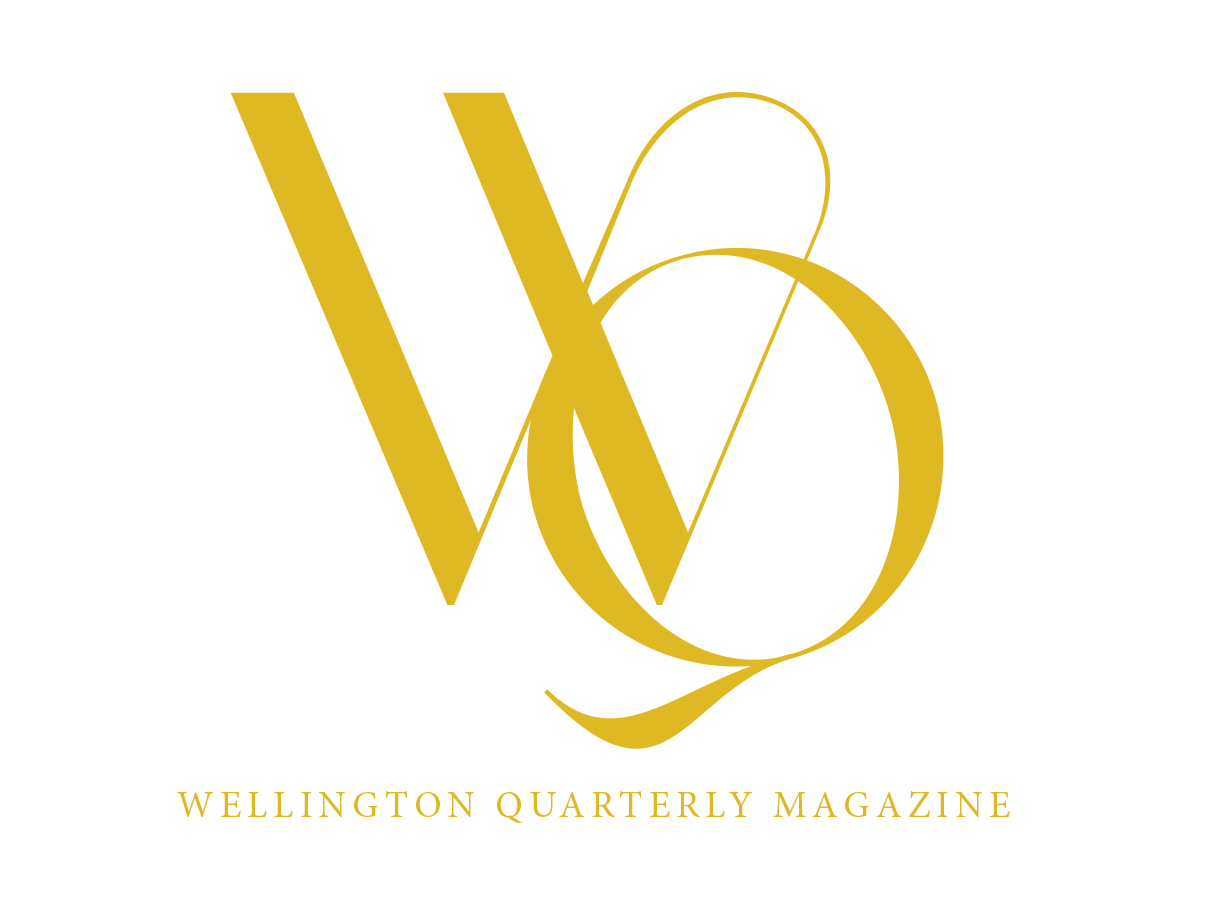IN HER SUIT: The Power, Elegance, And Rebellion Of Women In Tuxedos
Live Beautifully
"The thing about a tuxedo is that it is virile and feminine at the same time." —Catherine Deneuve

The women’s tuxedo has long occupied a unique space in fashion—balancing elegance, defiance, and power. While the idea of women dressing in menswear existed before the 1930s, it was screen legend Marlene Dietrich who pushed the look into the public consciousness. She shocked and captivated audiences in films like Morocco, Blonde Venus, and The Seven Sinners, appearing in sharply tailored tuxedos complete with tails and top hats. Off-screen, Dietrich continued to blur gender lines with her wardrobe, turning menswear into a personal and political style statement. Her defiance of traditional gender norms laid the groundwork for what would become one of fashion’s most enduring and subversive silhouettes.
The evolution of this look took a pivotal turn in 1966 when Yves Saint Laurent introduced Le Smoking—the first women’s tuxedo designed as high fashion. It was sleek, sultry, and radically elegant. Le Smoking became a signature of the Saint Laurent house and ignited a movement. With muses like Catherine Deneuve, Bianca Jagger, Angelina Jolie, and Kate Moss donning variations of the suit on red carpets and in editorials, it was clear: the tuxedo wasn’t just a garment—it was an attitude.
Today’s version of the women’s tuxedo is far removed from the stiff, traditional black-tie expectations. Instead, it’s defined by fluid tailoring and bold styling. Modern iterations often feature wide peak lapels or gracefully sloped shawl collars, resulting in a minimalist, one-button design. Trousers are expertly draped and sometimes include traditionally masculine details like fly zippers, tapering flawlessly to razor-sharp hemlines and spiked heels that emphasize strength and grace.
Crisp, starched shirts and hand-tied silk bows remain classic accompaniments, but many opt for more sensual pairings. Flowing silk charmeuse blouses—delicately unbuttoned to just the right depth—bring softness and movement, creating a compelling contrast to the tuxedo’s structure.
The look has become a symbol of feminine authority, worn by women across industries and generations to convey sophistication, rebellion, and poise. First Lady Melania Trump notably chose a tailored tuxedo by Dolce & Gabbana for her 2025 signature portrait. She paired it with a flowing white shirt and a satin Ralph Lauren cummerbund, standing confidently before the Washington Monument—projecting power and control through carefully chosen style.
The tuxedo is also a hallmark of Ralph Lauren’s runway presentations. It first appeared in his collection as a custom look for his wife and muse, Ricky Lauren, who wore a white-tie version. Ralph Lauren has since used the tuxedo as a foundation to build some of his most iconic moments, such as when Gigi Hadid descended the steps of the Metropolitan Club in a floor-length embellished Harris Tweed overcoat layered atop a perfectly tailored tux. Janelle Monae dazzled the crowd at Ralphs 2019 fashion show/cabaret, wearing a spectacular satin peak lapel ensemble over white gaberdine and spats.
The women’s tuxedo is far more than a borrowed look from the boys—it’s a fashion revolution wrapped in silk and satin. From Dietrich’s defiant flair to Saint Laurent’s runway rebellion, from political portraits to red carpet icons, it continues to represent confidence, freedom, and timeless elegance. It is a testament to fashion’s power not just to clothe, but to speak—and to lead.
Vivianne Arclaire is a luxury lifestyle writer for travel, home, and style publications, living in London. Some of her fashion heroes include Catherine Deneuve, Katharine Hepburn, and Coco Chanel.



